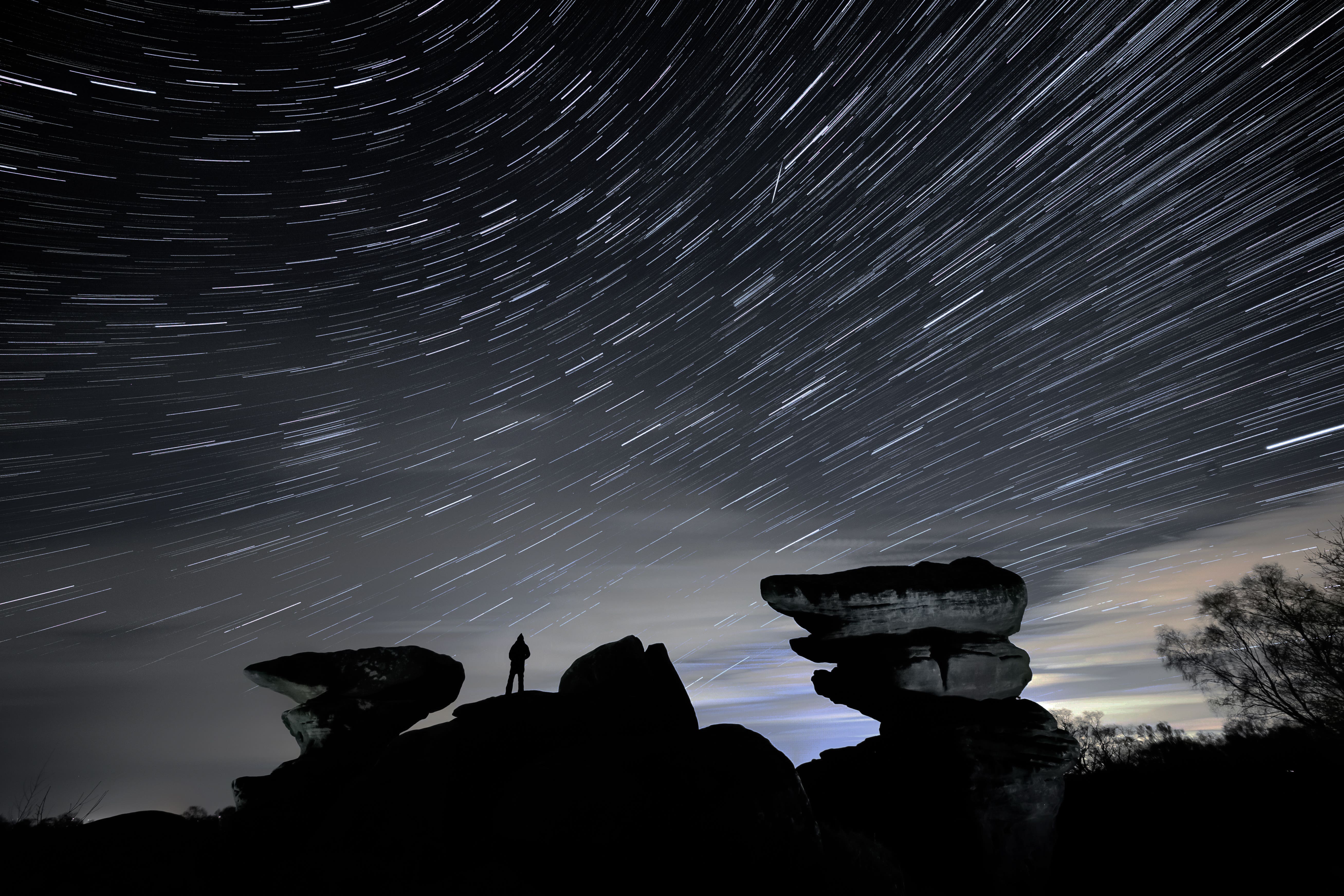Eta Aquariid meteor shower to light up the night sky with shooting stars
The celestial display is expected to peak in the early hours of May 6 with up to 50 meteors per hour.

Your support helps us to tell the story
From reproductive rights to climate change to Big Tech, The Independent is on the ground when the story is developing. Whether it's investigating the financials of Elon Musk's pro-Trump PAC or producing our latest documentary, 'The A Word', which shines a light on the American women fighting for reproductive rights, we know how important it is to parse out the facts from the messaging.
At such a critical moment in US history, we need reporters on the ground. Your donation allows us to keep sending journalists to speak to both sides of the story.
The Independent is trusted by Americans across the entire political spectrum. And unlike many other quality news outlets, we choose not to lock Americans out of our reporting and analysis with paywalls. We believe quality journalism should be available to everyone, paid for by those who can afford it.
Your support makes all the difference.Skygazers will be treated to a display of shooting stars on Friday night as the Earth passes through the dust left over from Halley’s Comet.
The Eta Aquariid meteor shower is expected to peak in the early hours of Saturday May 6 with up to 50 meteors per hour, and will be visible from midnight until dawn.
The event is associated with Halley’s Comet which is visible from Earth once every 76 years or so.
This shower favours the Southern Hemisphere, and will appear low in the sky for northerly latitudes, such as the UK, in the early predawn hours.
However, it should still be possible to see the shower in the eastern sky.
Like with most meteor showers, Eta Aquariid gets its name from the constellation in the night sky that it appears to radiate from – the Aquarius constellation.
But instead of being called the Aquarid meteor shower, the name comes from one of the stars from this constellation, Eta Aquarii.
The Eta Aquariid is one of two meteor showers created by debris from Comet Halley. The other is the Orionid meteor shower which is visible in October.
While the meteors will be visible with the naked eye, stargazers are advised to find a dark area of sky – away from street lights and other sources of light pollution – and allow their eyes to adjust to the lack of light.
Although the Eta Aquariid shower will peak on Saturday, it will continue until May 28.
Meteors are pieces of debris, sometimes as small as a grain of sand, that enter Earth’s atmosphere at speeds of up to 70 kilometres per second, vaporising and causing the streaks of light that delight skygazers.